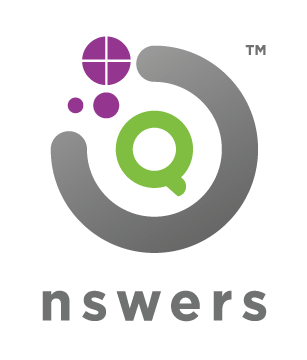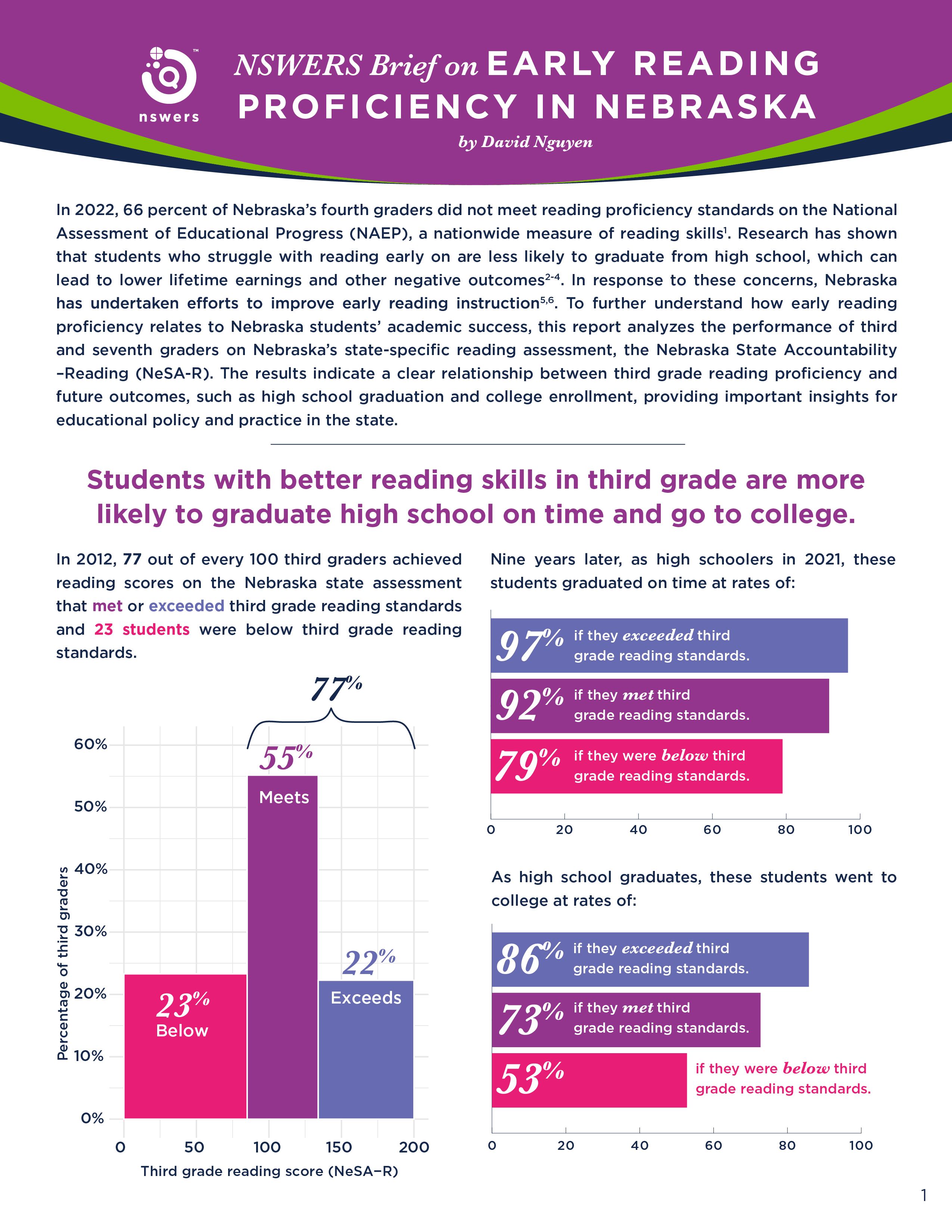A Tale of Two Readers
The impact of early reading proficiency on future success

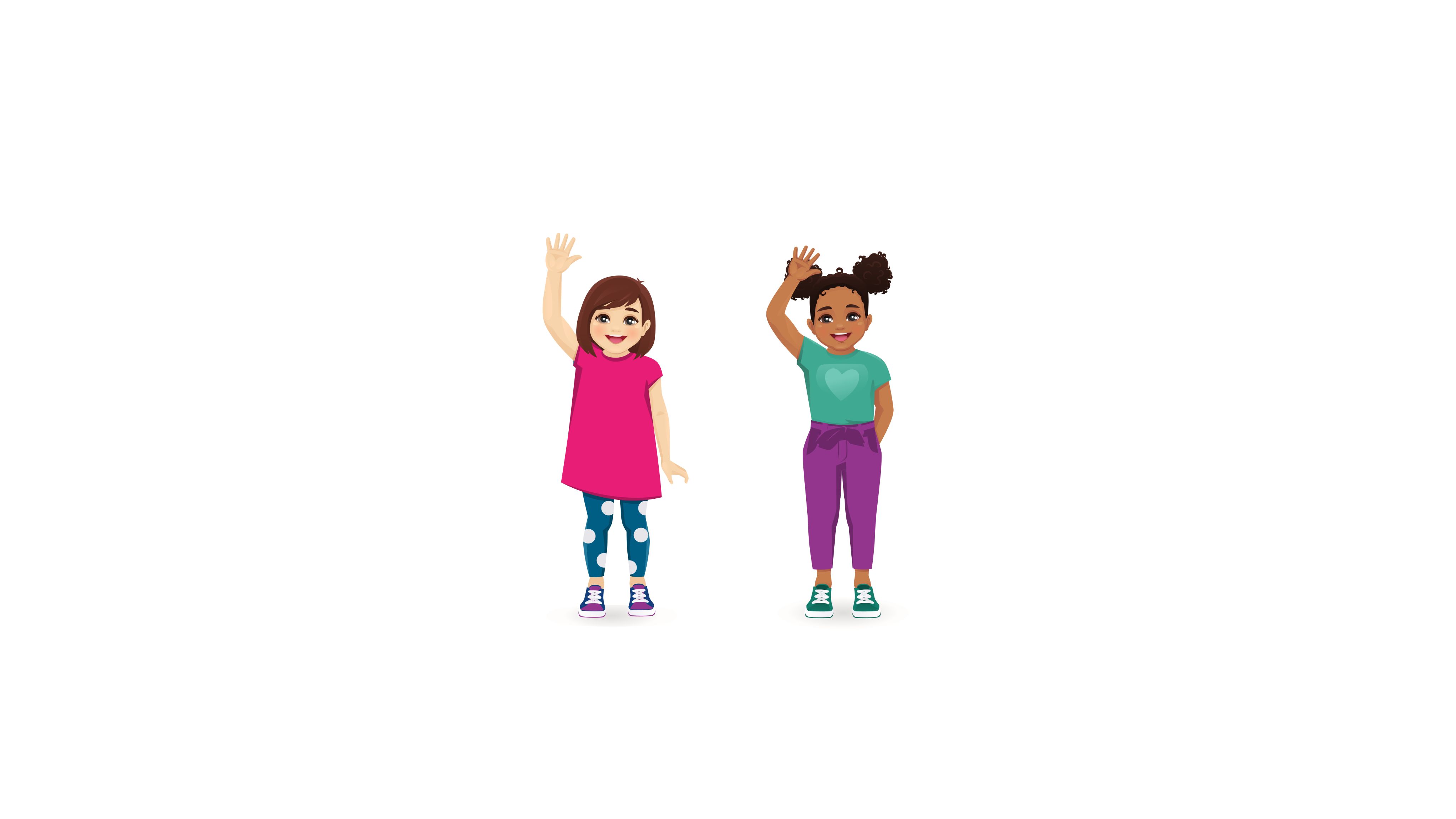

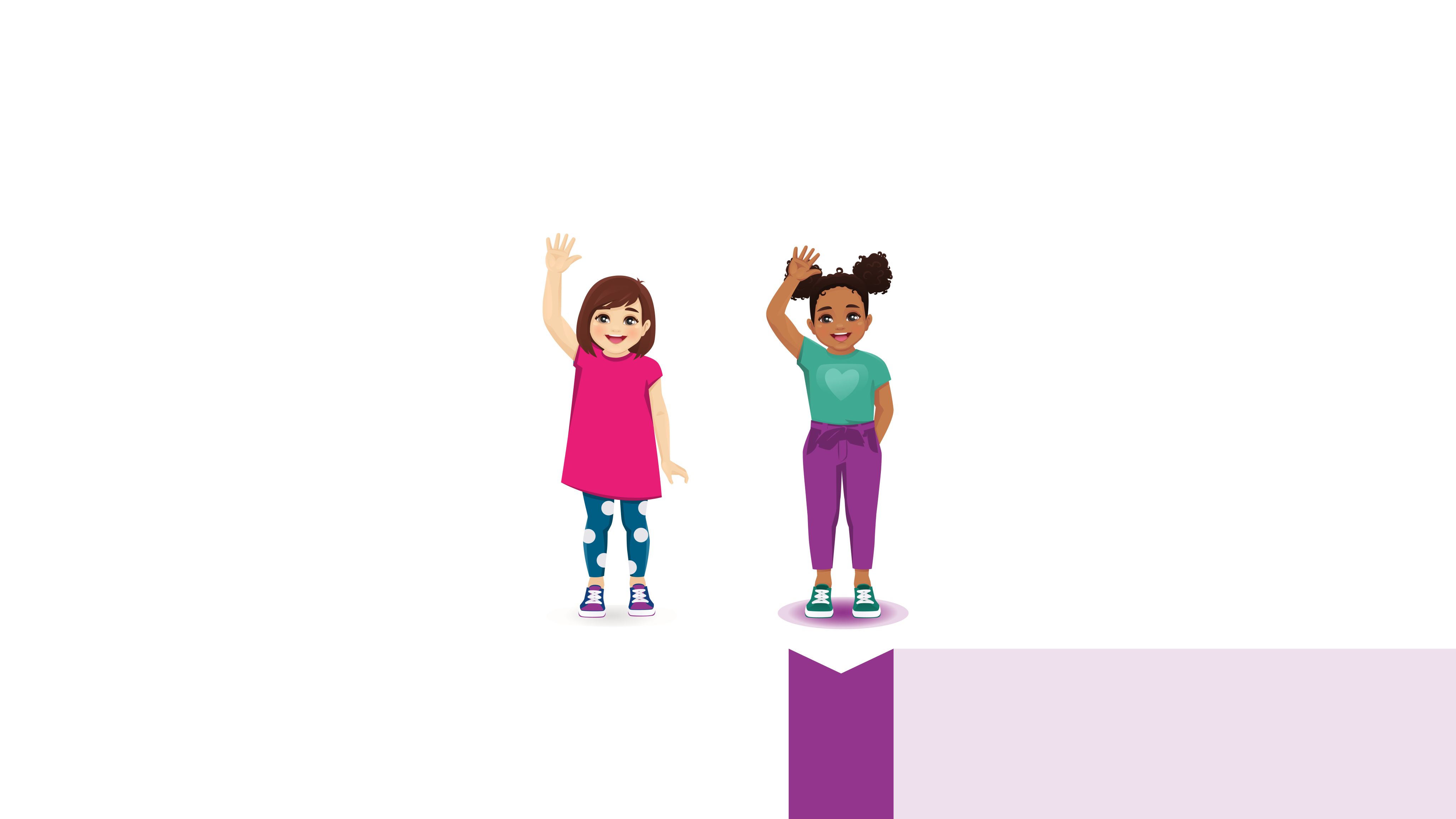
In Ruraltown, Nebraska, two girls—Mia and Lila—grew up with bright dreams and different paths ahead of them. The year was 2009, and their journey through school had just begun.
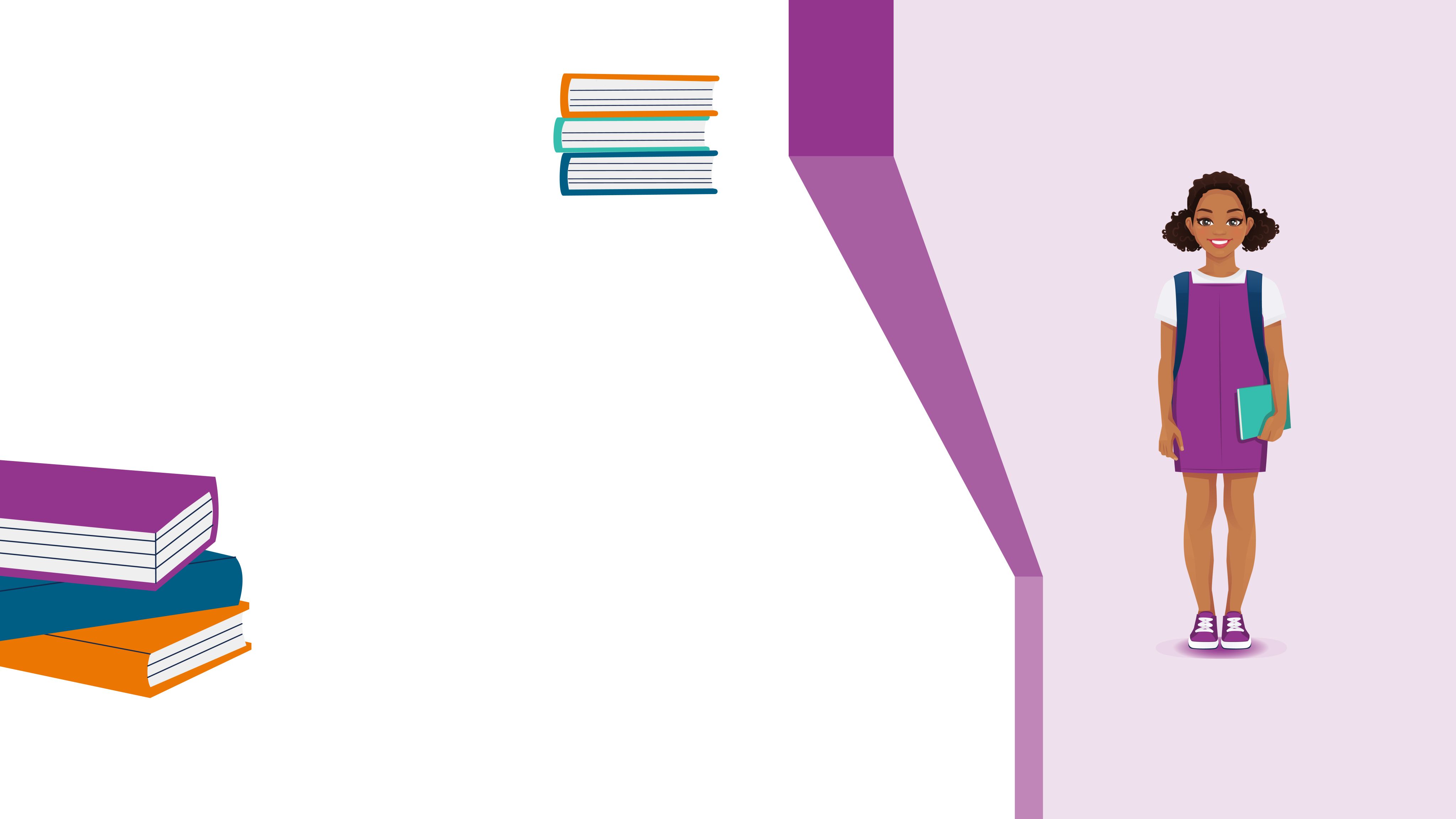
Lila’s Path
From an early age, Lila had a natural love for books. By the time she was in third grade, in 2012, she was already reading beyond her grade level. Her enthusiasm for stories and her knack for absorbing new information set her apart. Her third grade reading assessment results were exemplary—she exceeded the state standards.[1]
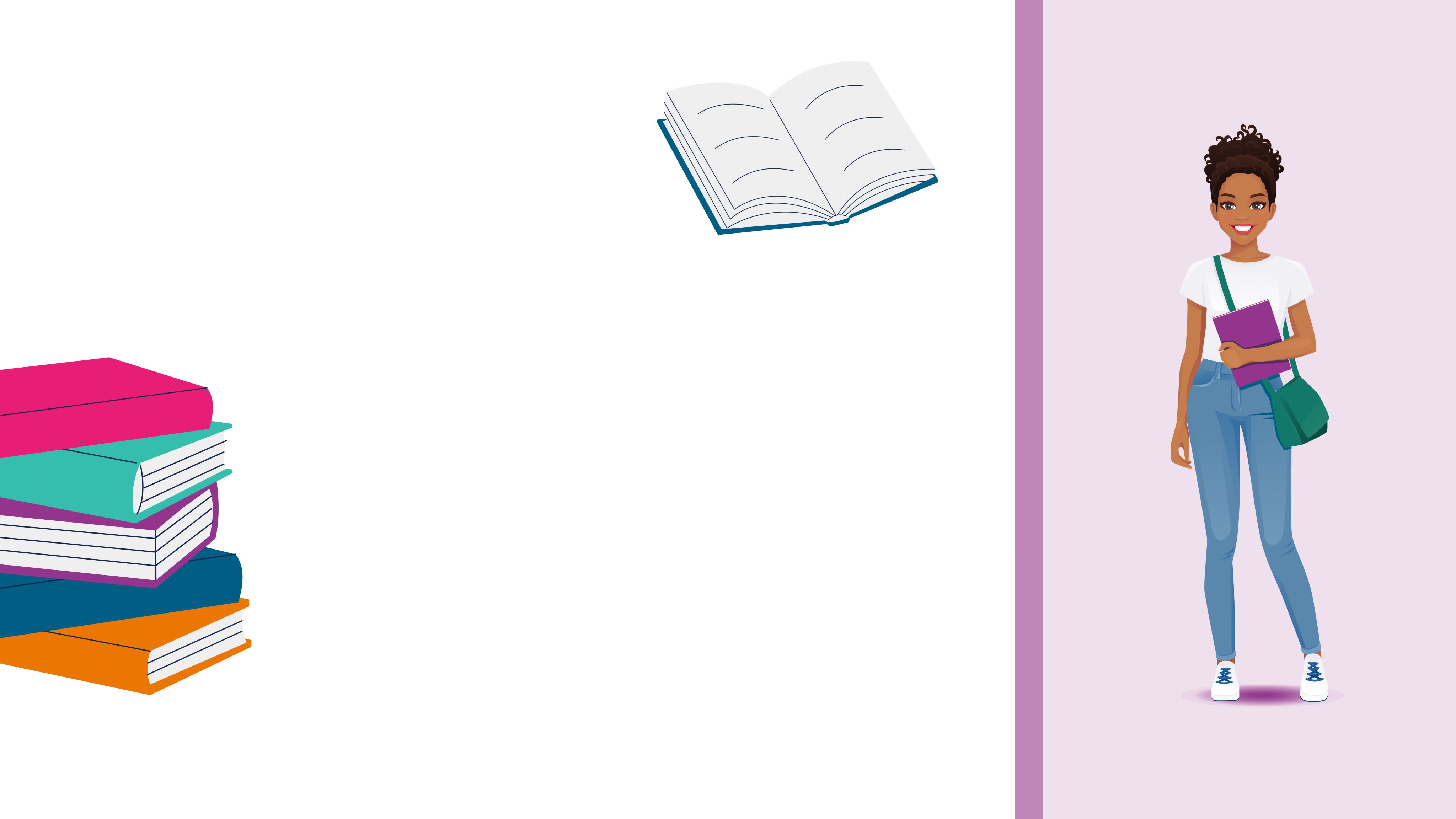
This early achievement gave Lila a head start. As she advanced through school, her reading skills continued to flourish. By seventh grade, she was not only maintaining her high proficiency but also enhancing her understanding and analytical skills. Her strong foundation meant she could grasp complex concepts with ease, and her reading achievements translated into success in other subjects.[2]
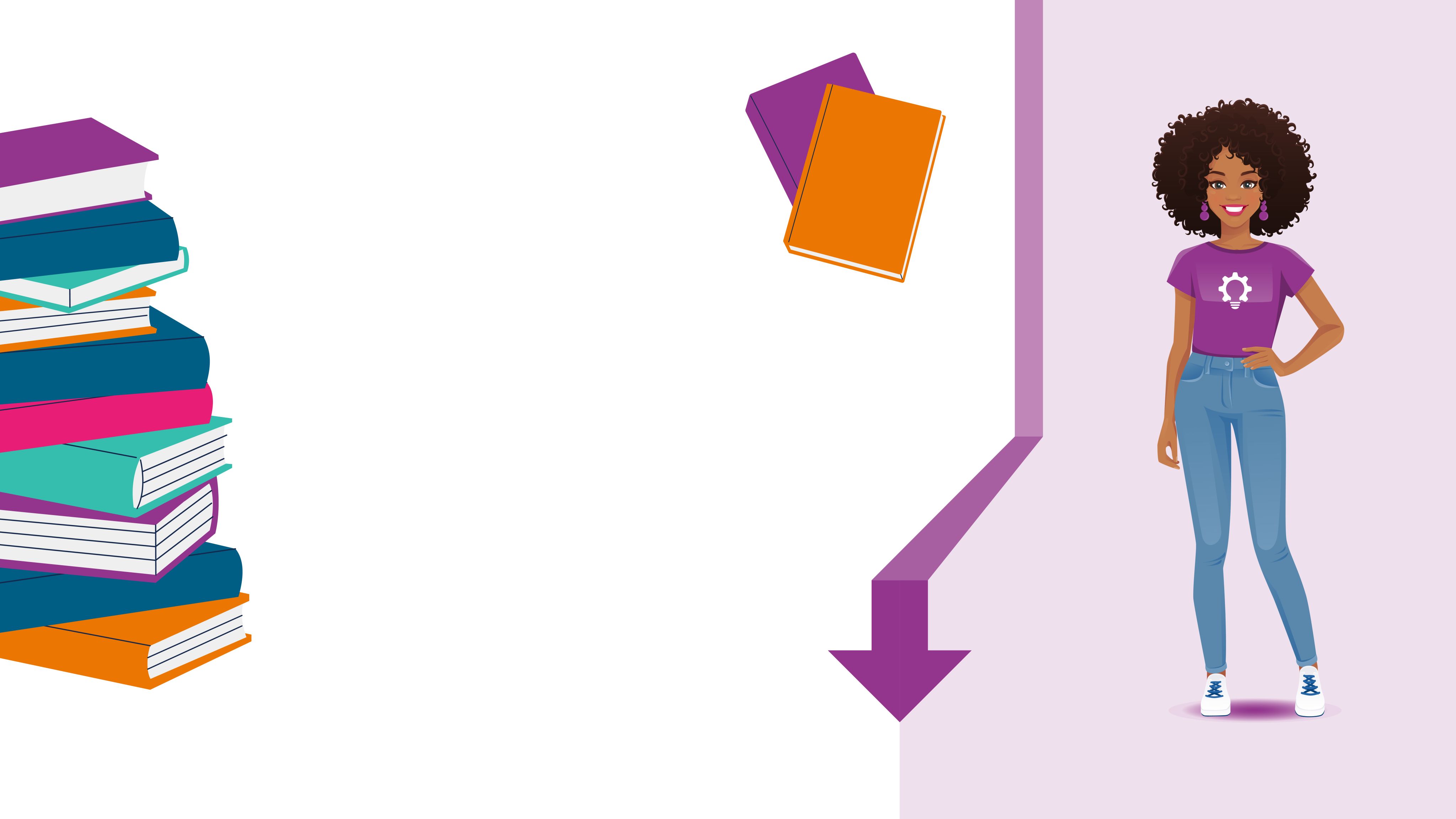
Lila’s consistent performance paved the way for her high school years. When she graduates in 2021, her record is impeccable, and she receives a full-ride scholarship to attend Nebraska College. Her journey is marked by success, and she goes on to graduate college with a degree in civil engineering, fueled by her early passion for reading and her steadfast commitment to excellence.
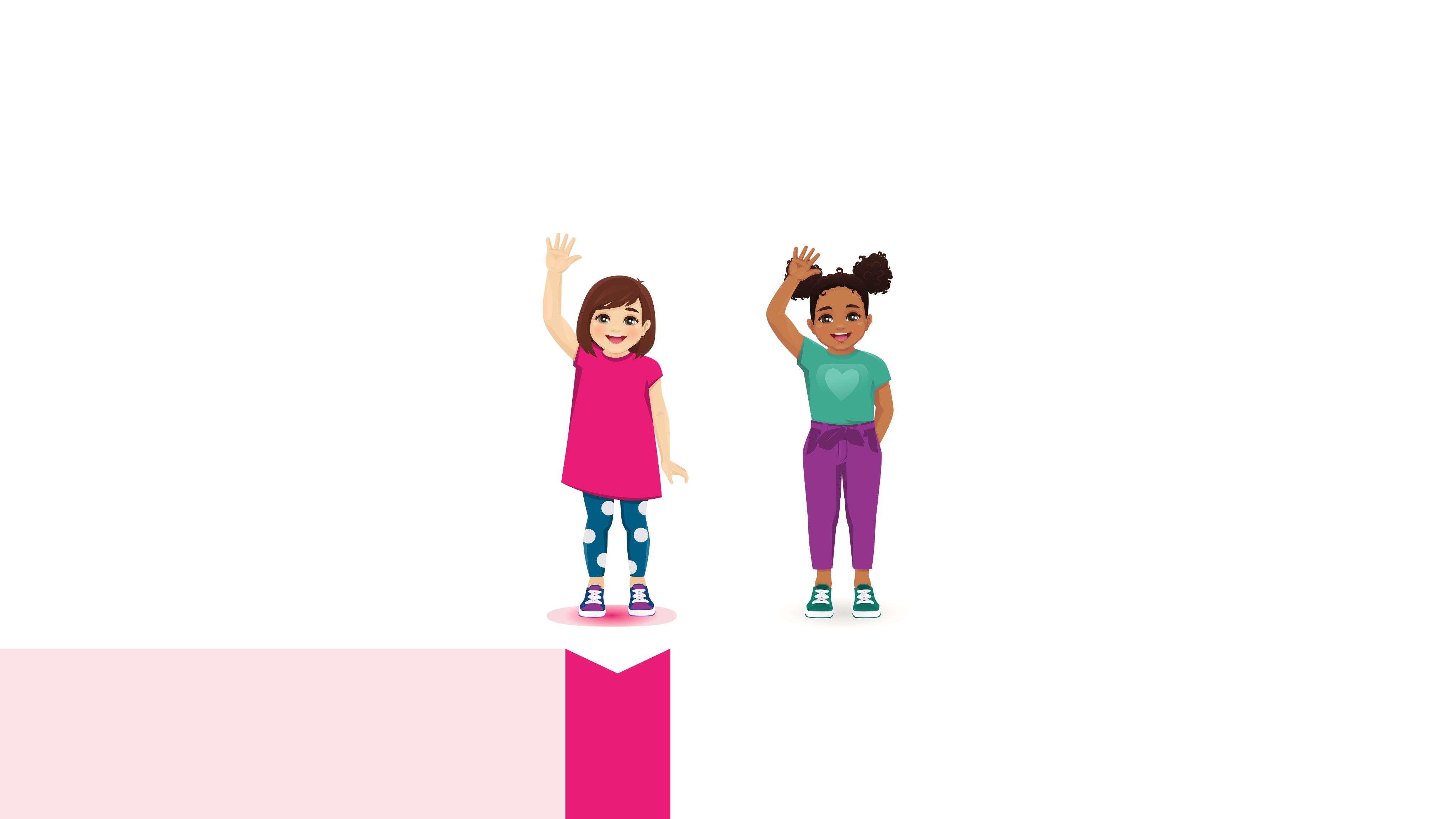
Lila has success with all academic milestones due to her early reading proficiency. Let's take a look at Mia's pathway through school.

Mia’s Path
Unlike Lila, Mia struggled with reading early on. In third grade, her reading assessment results showed that she was below the state standards. This early challenge posed a significant hurdle. But Mia's determination to succeed never wavered. She wanted to overcome her difficulties and was supported by her parents and teachers who believed in her potential.[3]

Her journey was tough, but with additional support and intervention, Mia gradually improved. By the time she reached seventh grade, she had made considerable progress and achieved grade-level reading proficiency. Her efforts paid off; her reading skills were solid, and she was on track to meet graduation requirements. Despite the struggles of her earlier years, Mia was a testament to the power of perseverance and hard work.[4]

When Mia graduated high school in 2021, she had made remarkable progress despite her rocky start. Her path to college was not as straightforward, but she too enrolled in Nebraska College, where she pursued a degree in social work. Mia’s journey was defined by resilience, and she aimed to make a difference in others’ lives through her chosen field.
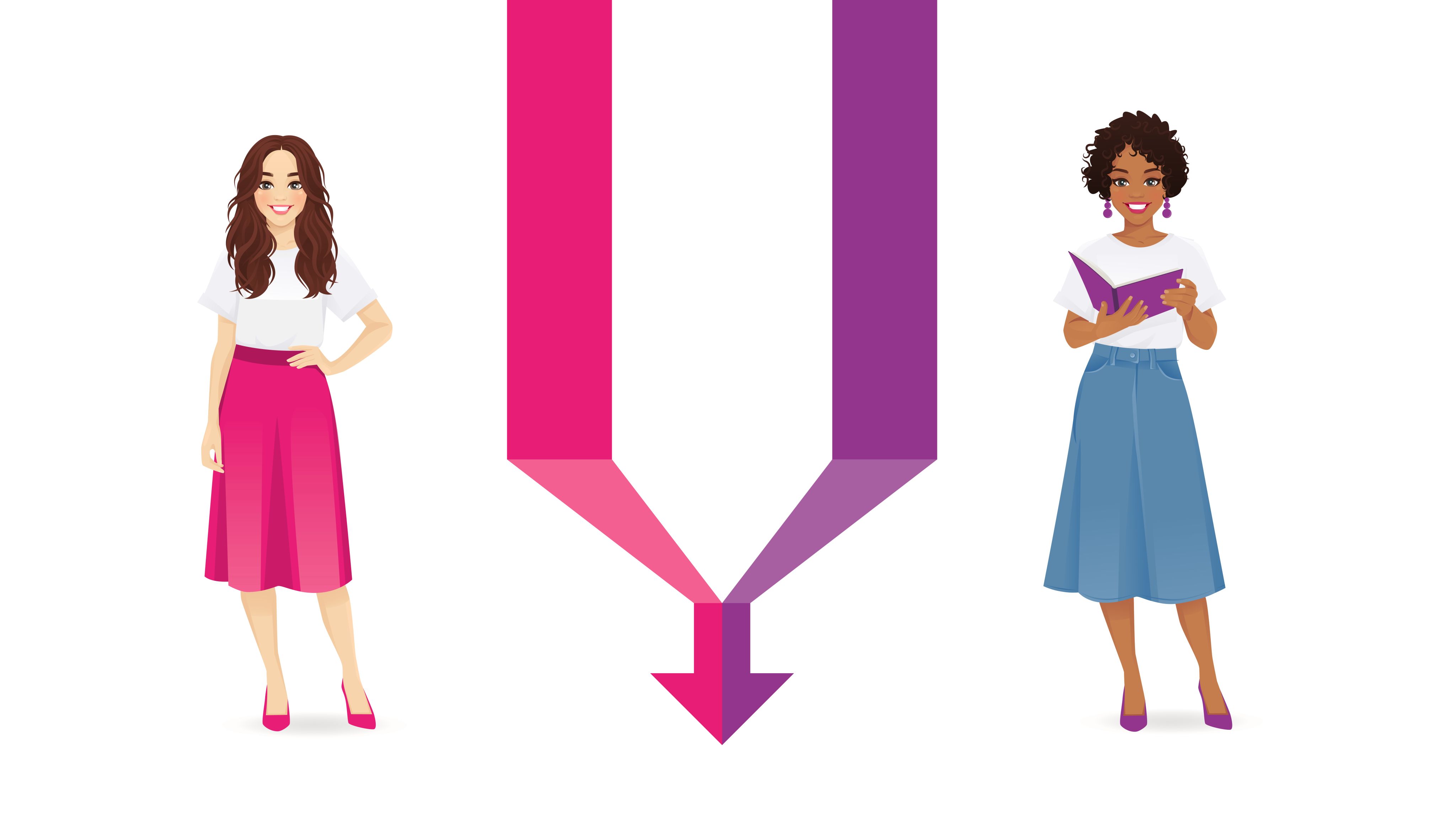
Side by Side
Though Mia and Lila took different routes, their stories highlight the profound impact of early reading proficiency on future success. Lila’s early advantage led her to a seamless transition into higher education, while Mia’s perseverance showcased the possibility of overcoming initial setbacks.
Their experiences emphasize that while strong early reading skills can lead to a smoother path, consistent effort and support can also turn around challenging starts. Both Lila and Mia found their own ways to succeed, reflecting the varied journeys that education can take.[5]
In Ruraltown, their stories became a source of inspiration for many, demonstrating that every student's path to success is unique, shaped by their strengths, challenges, support, and relentless determination.
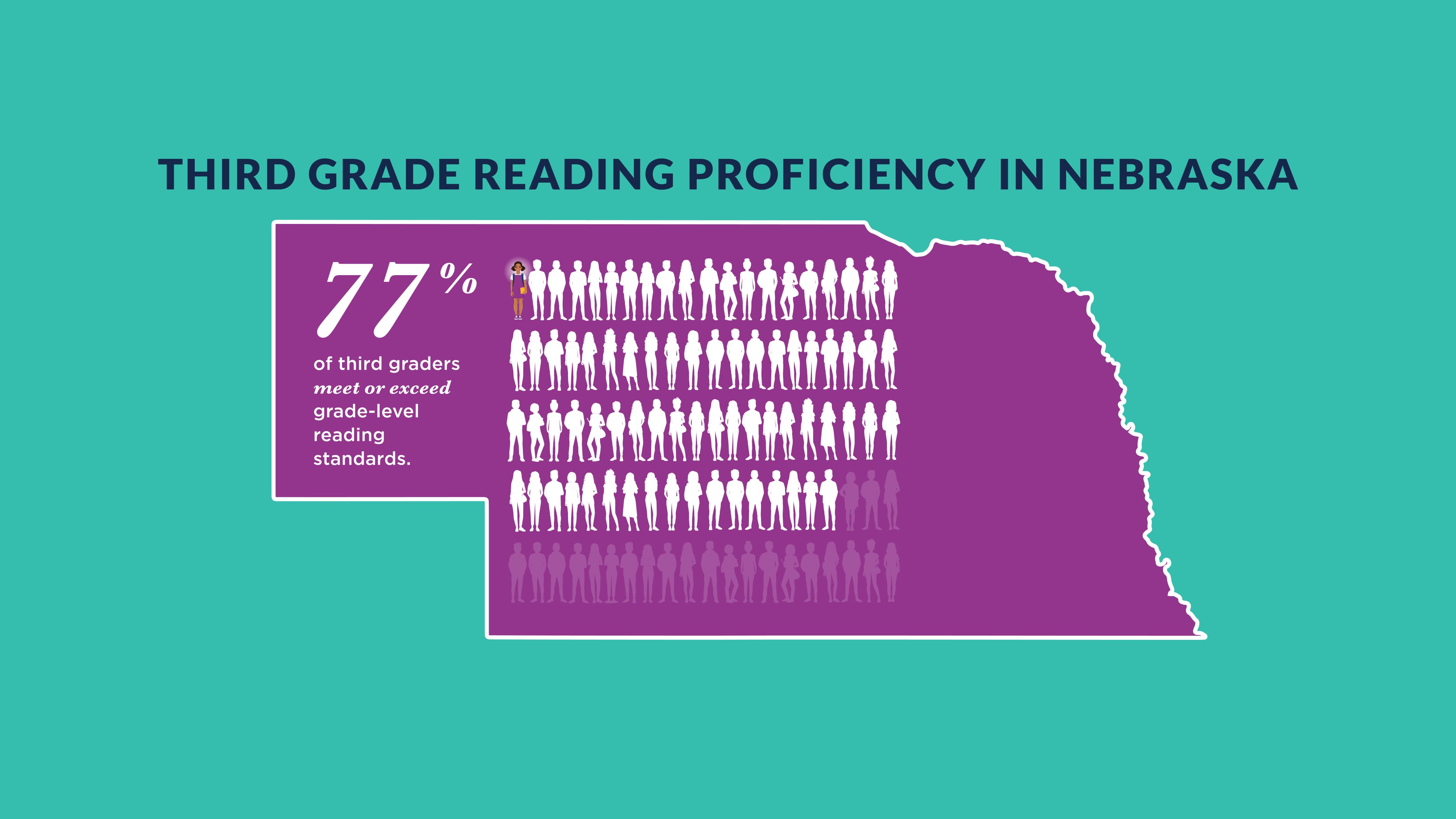

Nebraska third graders who struggle with reading are significantly less likely to graduate high school on time and pursue higher education. However, students who receive the right support can make substantial academic progress, even if they start below reading standards.
To read more about the relationship between early reading proficiency and key academic milestones for Nebraska students, check out the NSWERS Brief on Early Reading Proficiency in Nebraska.
[1] Cunningham, A. E., & Stanovich, K. E. (1997). Early reading acquisition and its relation to reading experience and ability 10 years later. Developmental Psychology, 33(6), 934-945.
[2] Snow, C. E., Burns, M. S., & Griffin, P. (Eds.). (1998). Preventing reading difficulties in young children. National Academy Press.
[3] Torgesen, J. K. (2004). Avoiding the devastating downward spiral: The evidence that early intervention prevents reading failure. American Educator, 28(3), 6-19.
[4] Allington, R. L. (2011). What really matters for struggling readers: Designing research-based programs (3rd ed.). Pearson.
[5] Tomlinson, C. A. (2014). The differentiated classroom: Responding to the needs of all learners (2nd ed.). ASCD.
The Nebraska Statewide Workforce & Educational Reporting System (or NSWERS) is a collaboration among the six Nebraska Community Colleges, the Nebraska Department of Education, the Nebraska State College System, the University of Nebraska System, and the Nebraska Department of Labor to enable seamless integration of data across educational and workforce systems, provide data literacy education, and promote the use of this data to further evidence-based policy and practices across the educational systems of Nebraska.
These provisional results are based on certified NSWERS data as of September 4, 2024. Results in this story may change because of data resubmissions by NSWERS Partners and/or Affiliates. For updated results, please contact support@nswers.org.
Source: Katie Bieber. A Tale of Two Readers. Lincoln, NE: Nebraska Statewide Workforce & Educational Reporting System, 2024. insights.nswers.org.
